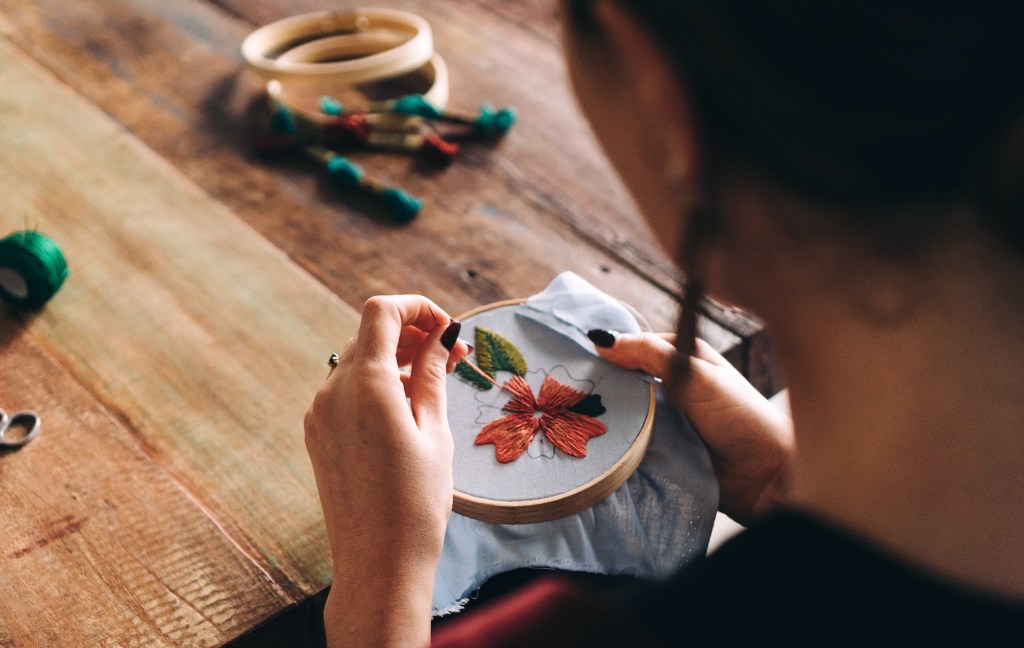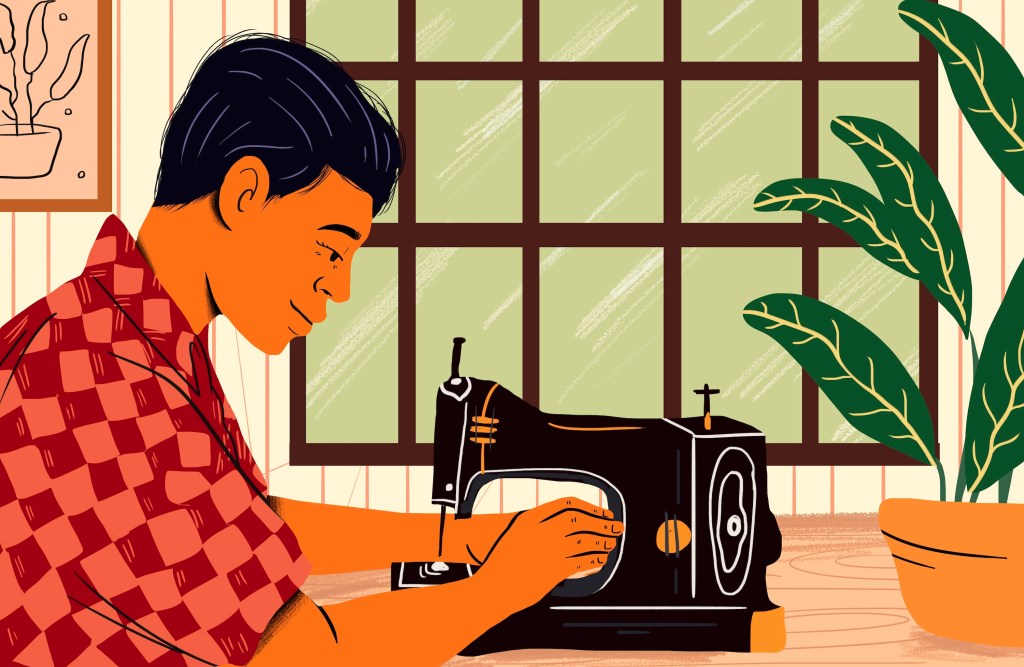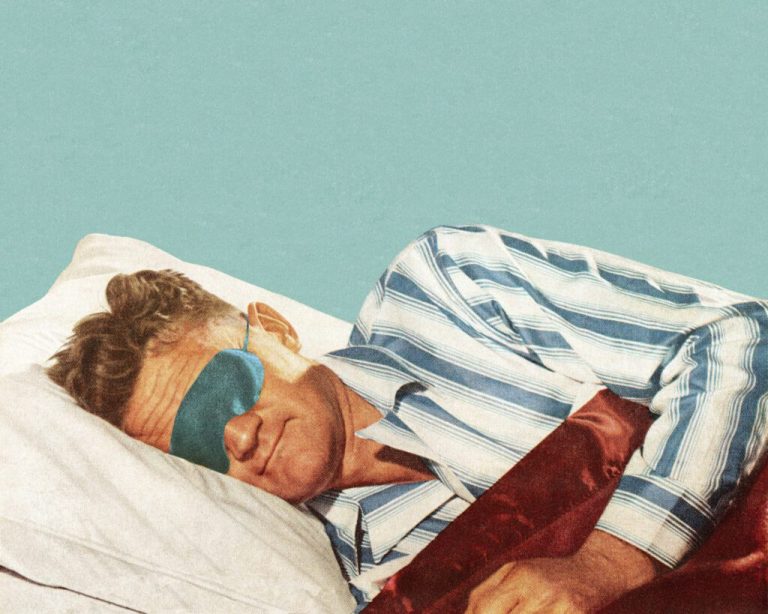If a boxful of embroidery hoops you bought as a pandemic hobby has been gathering dust in your closet, here’s a good reason to break them out again. A large-scale study determined that engaging in arts and crafts is significantly linked to well-being, and promoting such activities could be a boon for public health.
“Crafting and other artistic activities showed a meaningful effect in predicting people’s sense that their life is worthwhile,” lead author Helen Keyes of Anglia Ruskin University explained in a news release. “Indeed, the impact of crafting was bigger than the impact of being in employment.”
We’re not going to tell you to quit your day job to sell your handiwork on Etsy (though a side hustle may not be a bad idea), but the results make sense. Creative hobbies are outlets for self-expression and opportunities for feelings of accomplishment — which isn’t true of all career paths.
Keyes and her team analyzed 7,182 people ages 16 and older who participated in an annual government survey in the U.K. intended to evaluate residents’ involvement in digital, cultural, and athletic pursuits. Survey respondents were asked to rate their anxiety, happiness, life satisfaction, and sense that life is worthwhile.
Those who had engaged in at least one arts and crafts activity within the year prior — things like painting, knitting, filmmaking, woodworking, and jewelry design — reported higher levels of happiness and satisfaction and a greater sense of life’s worth. The research team controlled for sociodemographic factors already linked to subjective well-being, including employment status, physical health, and income levels.

The study was undertaken in response to the aftermath of the COVID-19 pandemic, with the team writing that since the health crisis, “mental health provisions are failing to meet the growing demand on their services from people in need.” Survey results were from 2019-2020, before the world went into lockdown.
Noting the popularity in the U.K. of crafting shows like The Great British Sewing Bee and All that Glitters, the scientists sought to evaluate the potential for these types of activities to be used as a public health interventions. They pointed out that while such interventions are not new and have already been well established in clinical settings, there isn’t a large body of research into their benefits on “the everyday lives of the general population.”
It’s important to note that the study does not show causation, only a correlation between the activities and improved well-being, and experimental research would need to be carried out to show evidence of the former. Even so, the findings are promising.
“Governments and national health services might consider funding and promoting crafting, or even socially prescribing these activities for at-risk populations, as part of a promotion and prevention approach to wellbeing and mental health,” said Keyes.
“There is certainly something immensely satisfying about seeing the results of your work appear before your eyes,” added the researcher, who herself enjoys painting and decorating. “It feels great to focus on one task and engage your mind creatively.”











